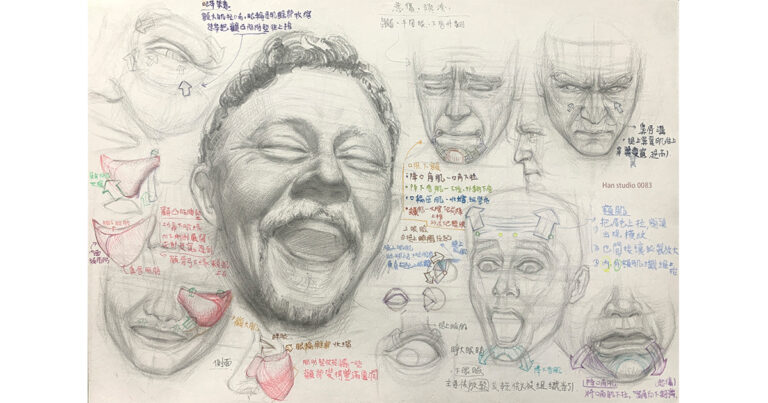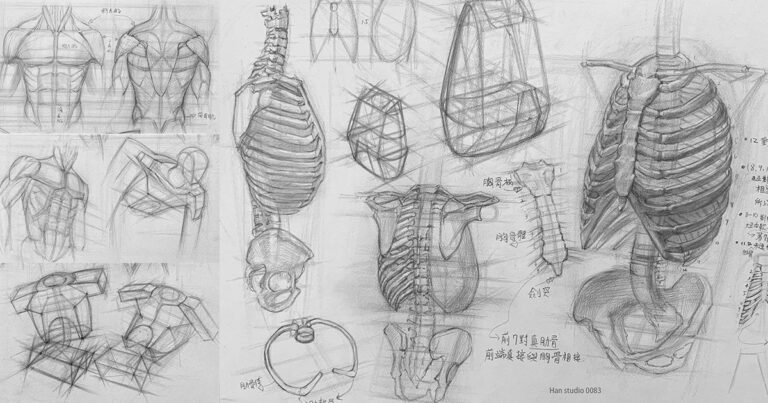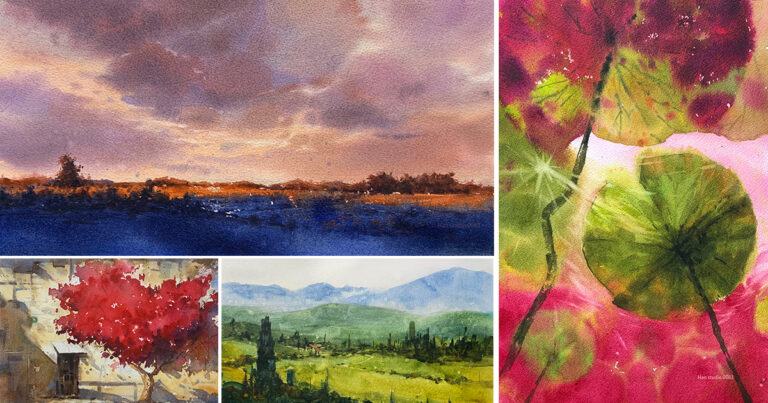Recording a Still Life Head Sketch Practice, focusing on subtle highlights and gentle shifts in brightness. Since most of the models I draw are foreigners, sketching an Asian face feels especially familiar and comforting. 🙋
Below, I’ve outlined simplified light and shadow concepts for those interested in learning more. If you'd like to follow along, keep reading!
What is Two-Tone Shading?
This method divides an object’s light and shadow into two parts: the light side (illuminated area) and the dark side (shadowed area). Simplifying complex shapes in this way makes it easier to grasp the overall lighting.
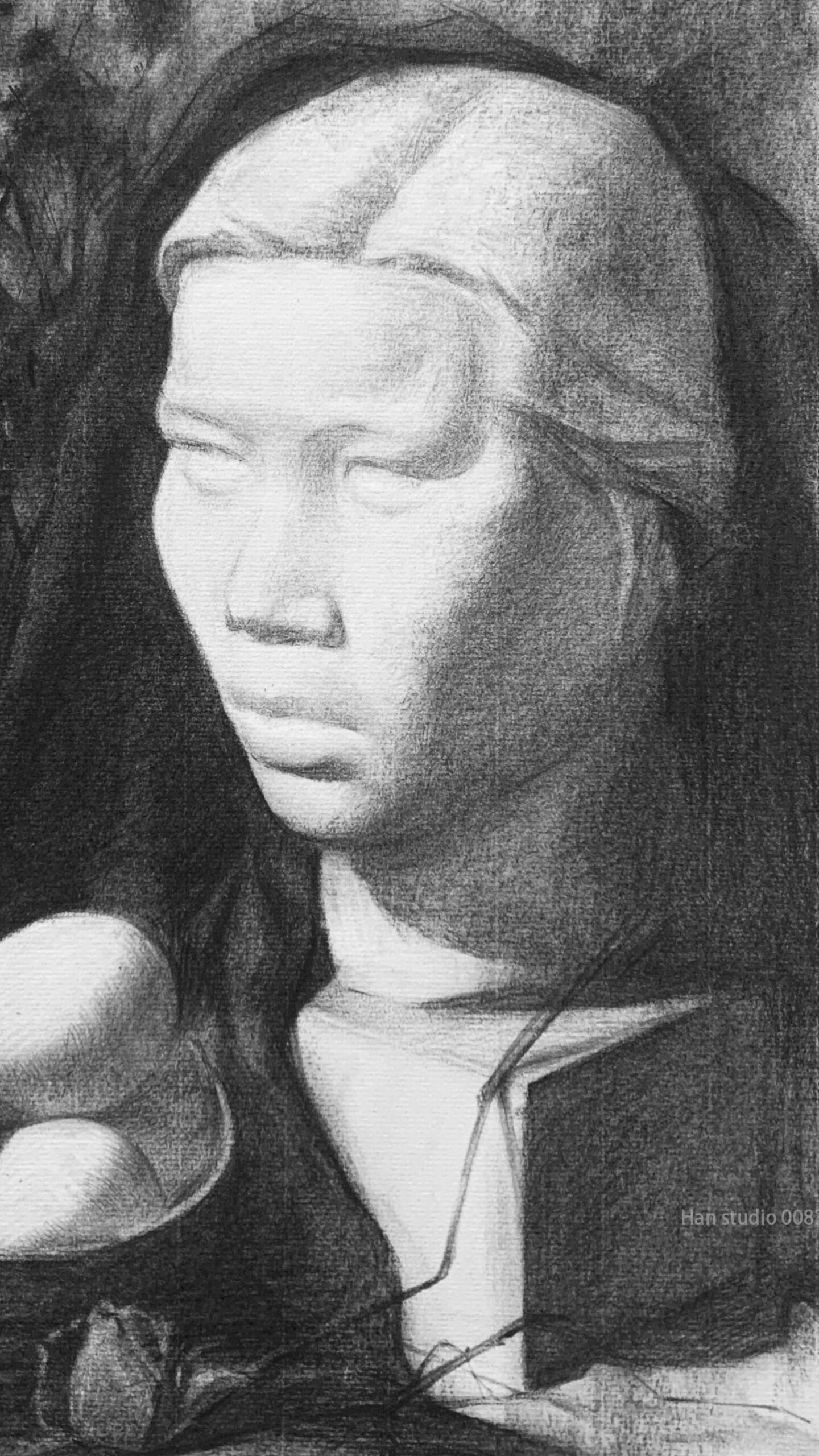
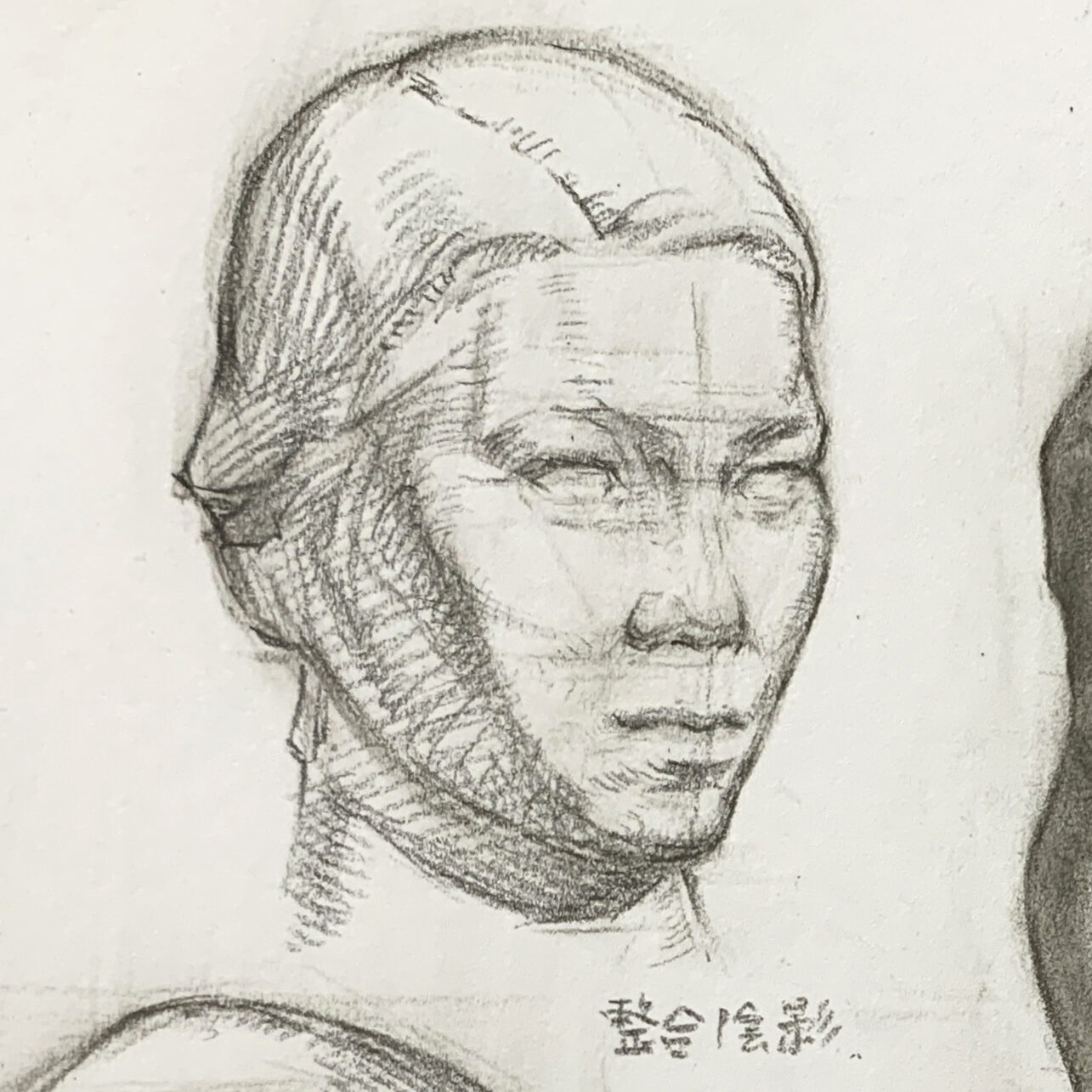

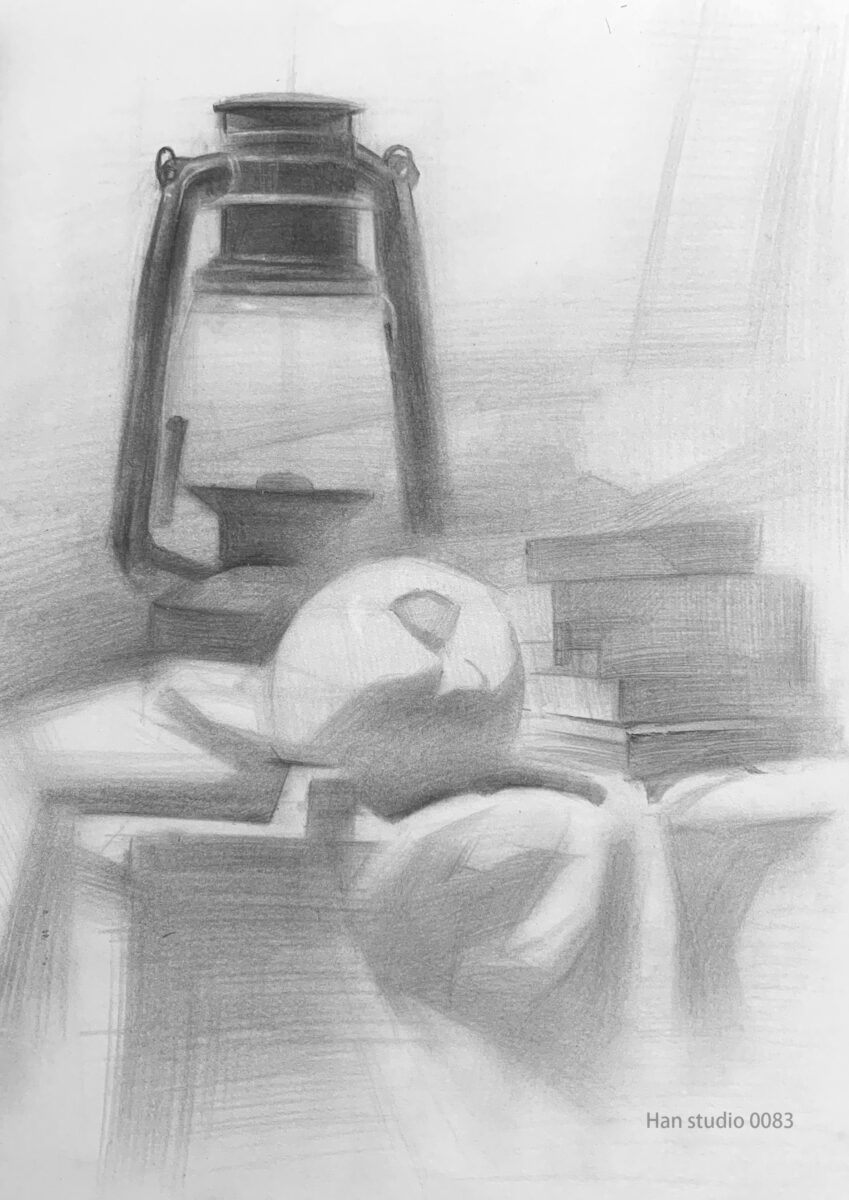
Why Use Two-Tone Shading?
Complex shadows can be confusing, especially when identifying the shape of an object. Two-tone shading helps simplify overly intricate variations and allows us to focus on the essential lengths and variations of lines.
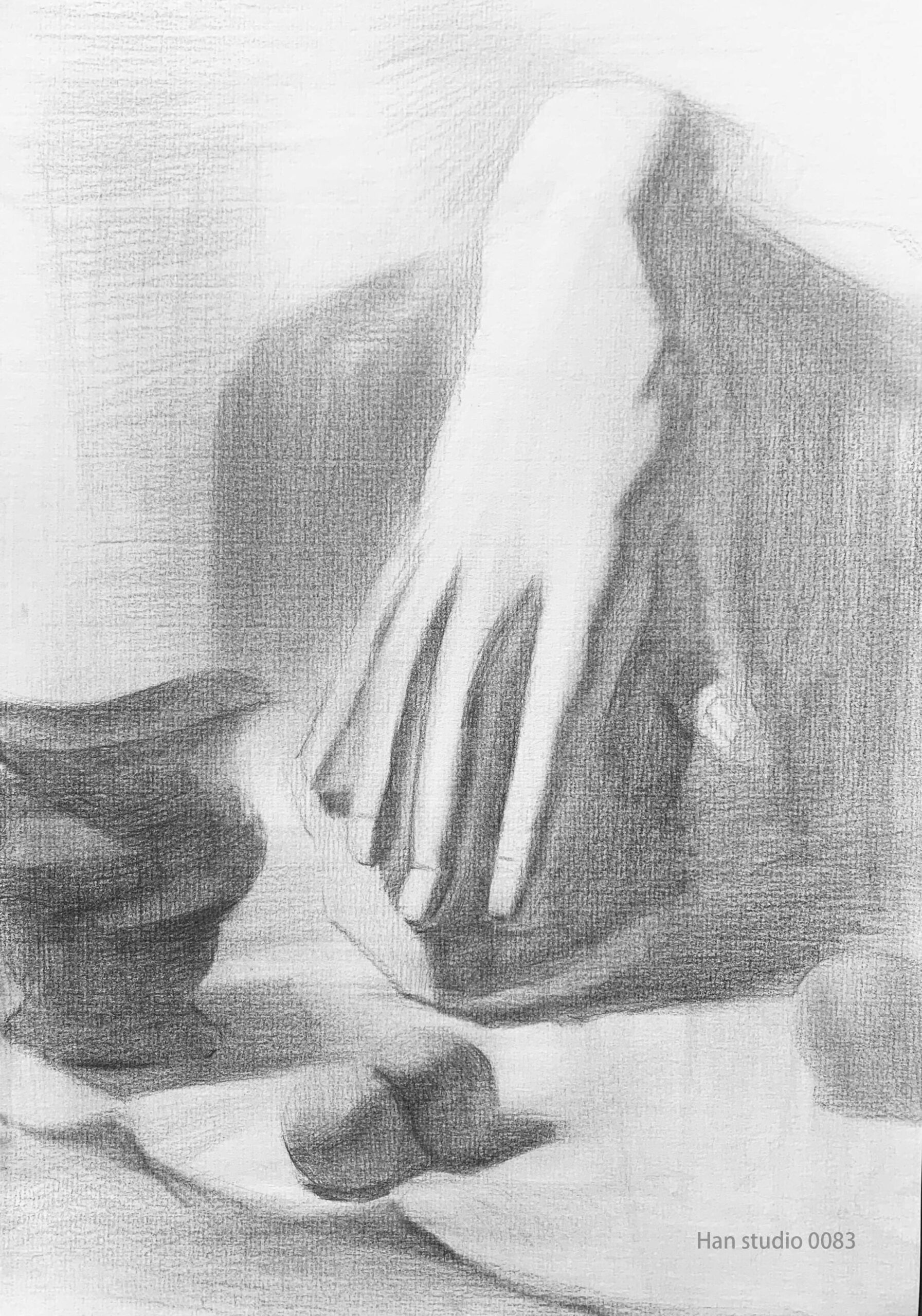
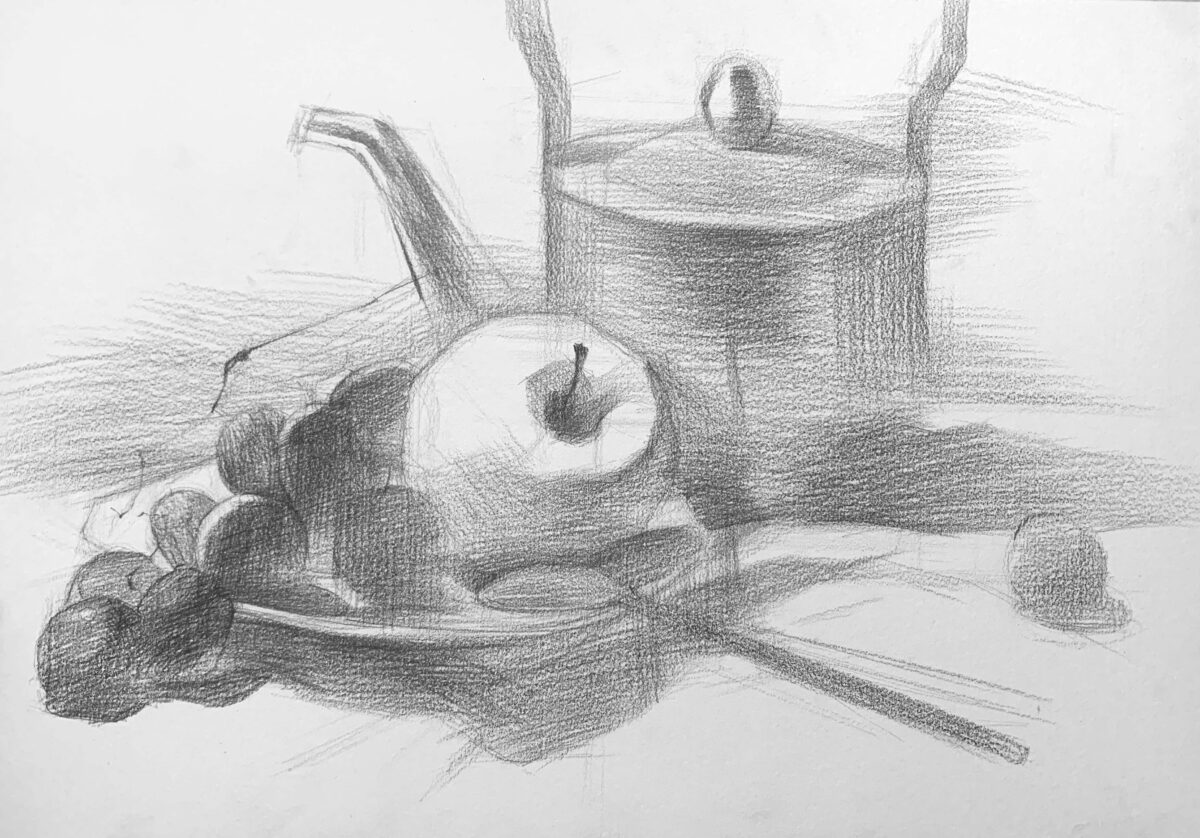
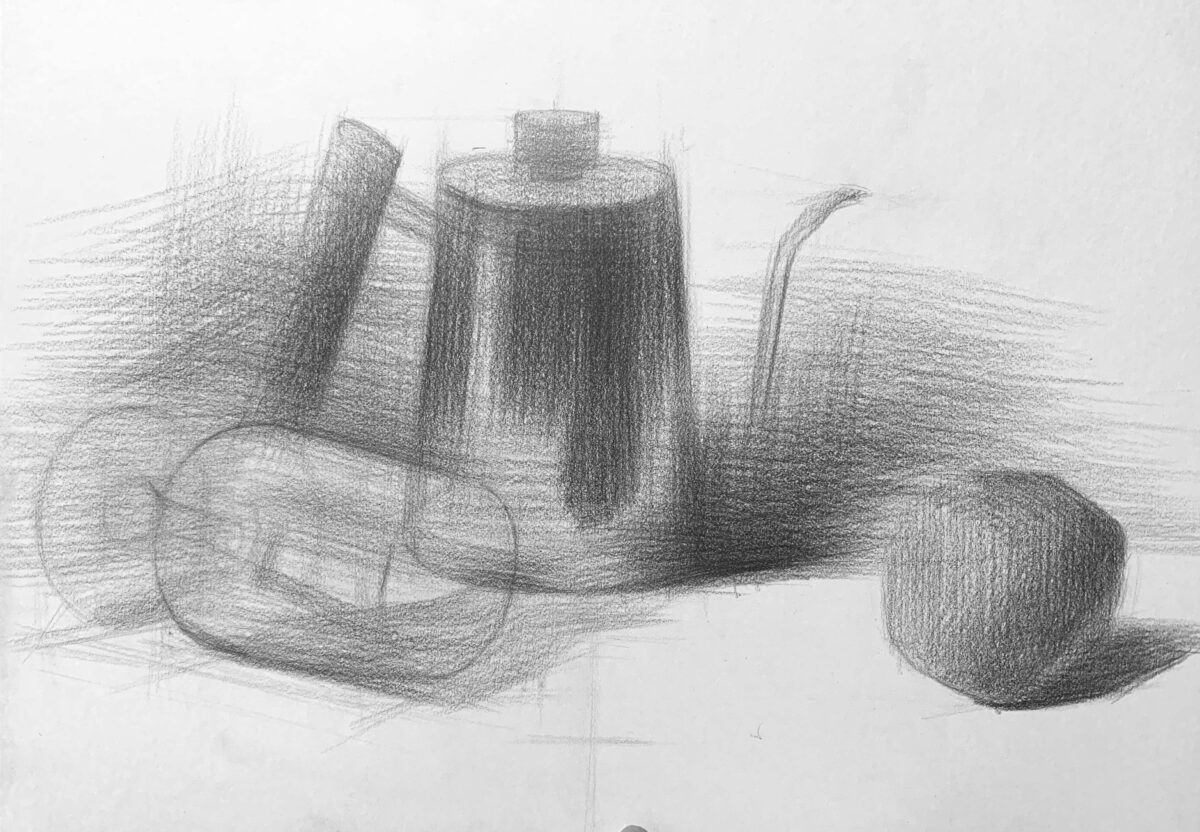
How to Identify Two-Tone Shading?
● Determine the Light Source:
Determine the Light Source: First, observe the direction of the light. This helps distinguish which areas are in the light and which are in shadow. Use a shadow boundary line to separate light from dark.

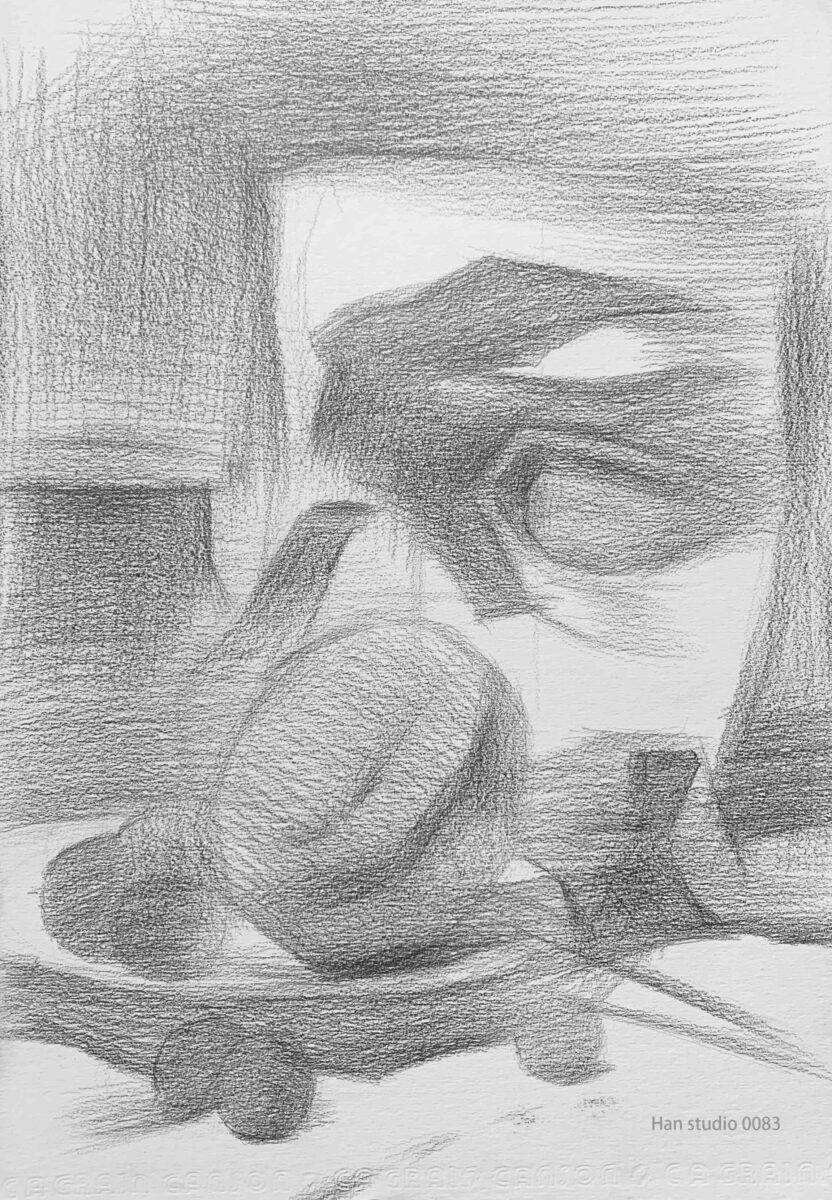

●Sketching Method:
Outline the Basic Shape:
Lightly sketch the object’s outline, considering the front and back relationship of the lines. Varying the length of contour lines adds richness and depth to the drawing.
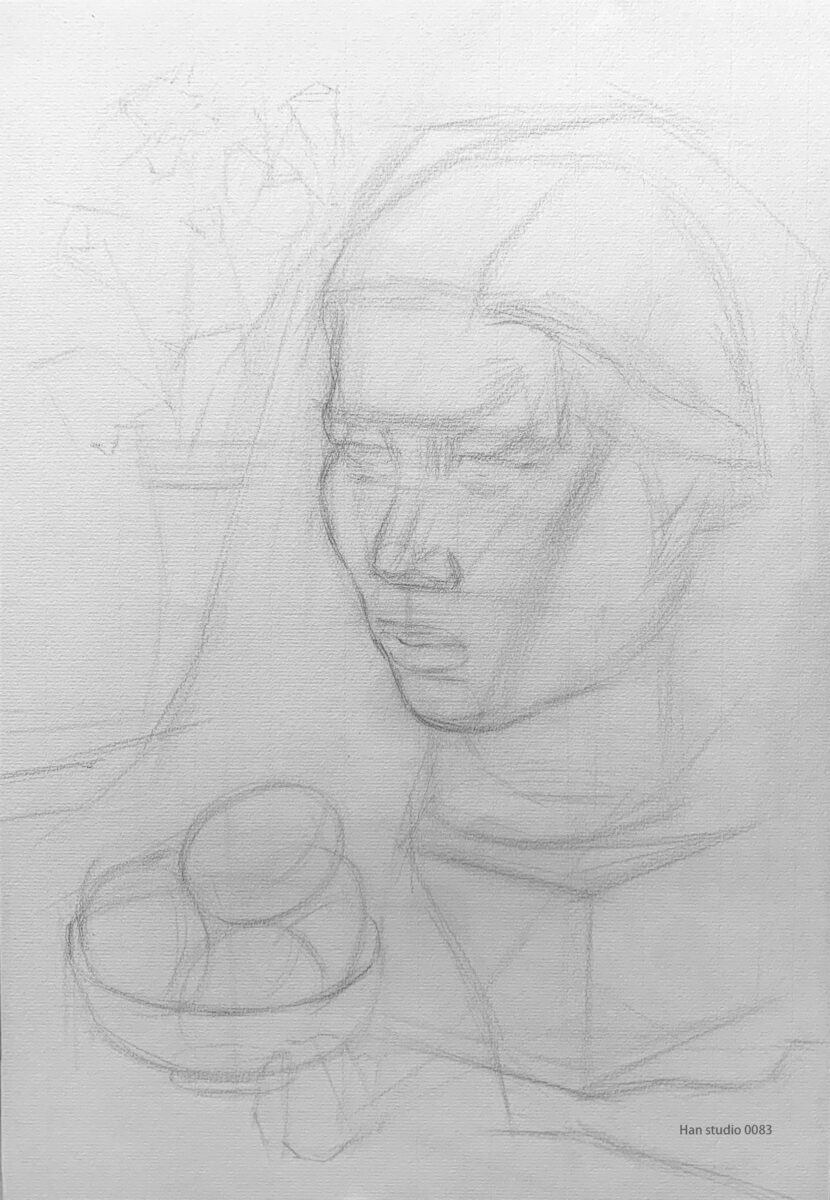
●Mark Light and Dark Areas:
Based on the light source direction, divide the object into light and shadow. Use lines or light shading to mark these areas, simplifying the colors into either black and white or dark and light tones.
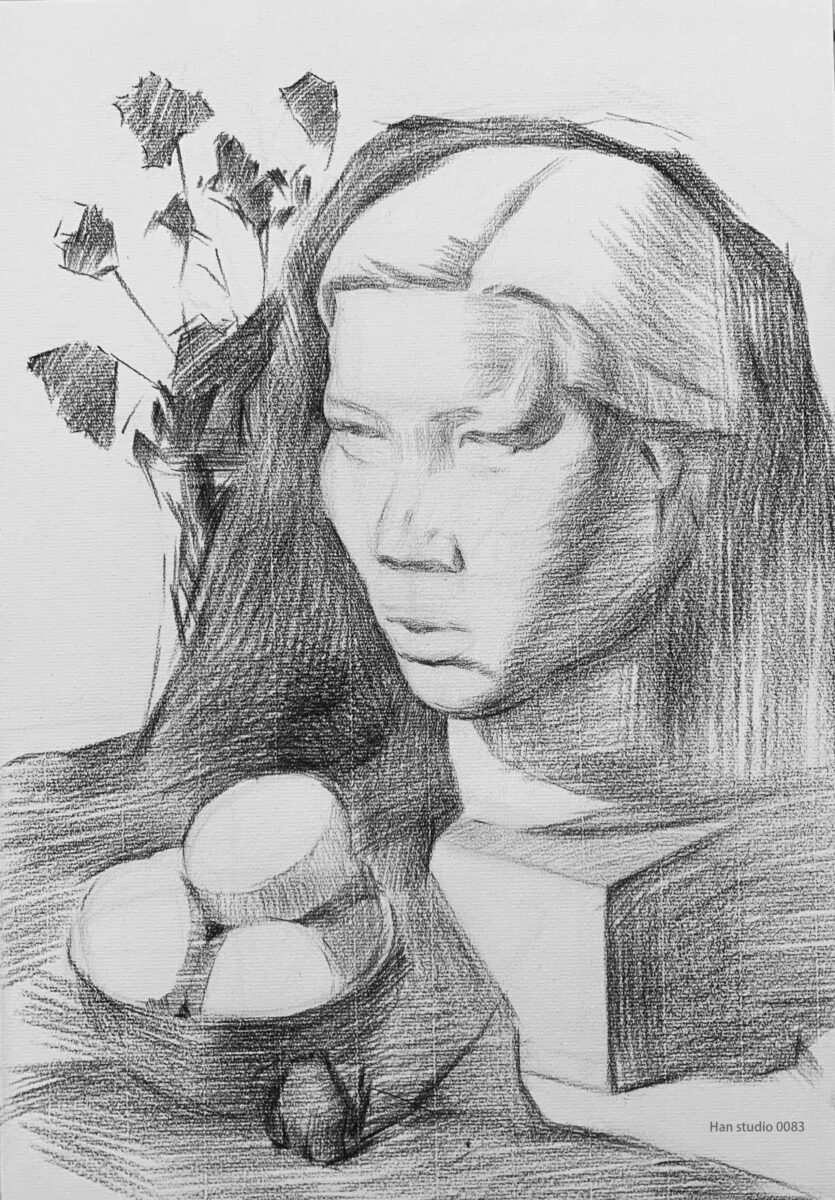
Keep the light areas white or light and shade the dark areas more heavily. The dark side of the object can blend with its shadow, as shown in the reference head sketch on the lower left.
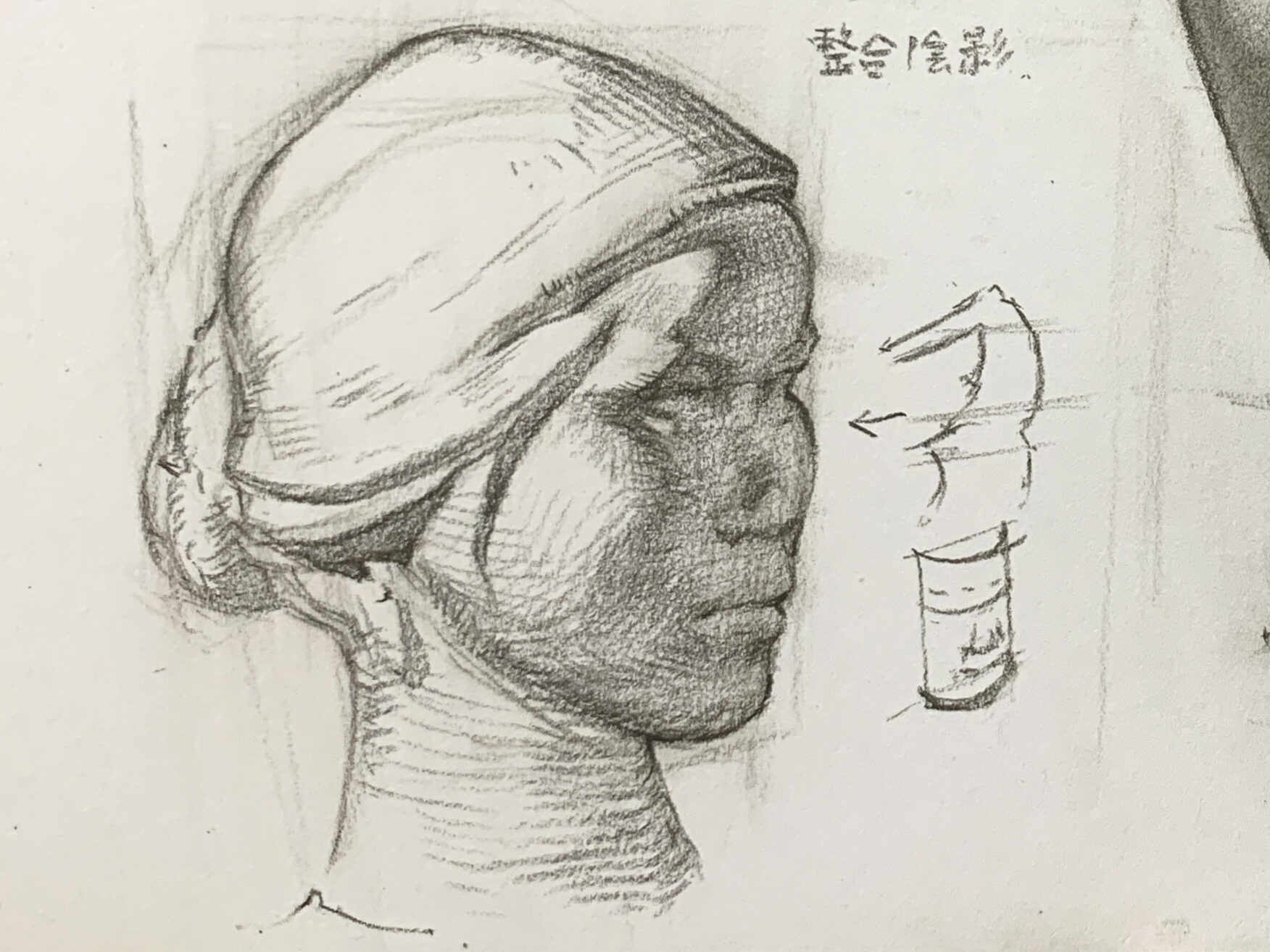
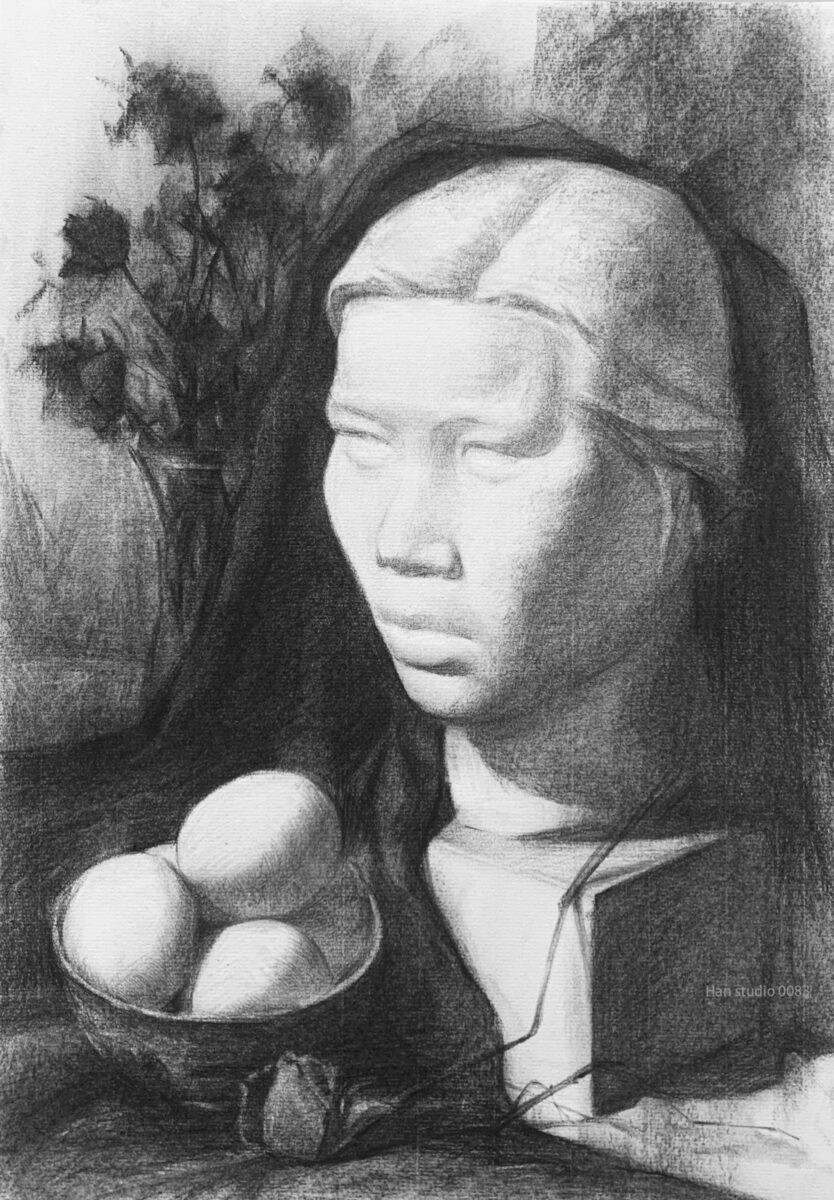
Plaster Still Life Reference Material:Easy Still Life Composition: Tanner Art Studio Still Life Collection

I hope this guide helps you understand the concept of two-tone shading. If there are specific topics you'd like to explore or methods you'd like to learn, feel free to leave a comment or message me. Enjoy your drawing journey!
Additional Sketching Articles:
How to Draw Arms: Learn Arm Movements and Bone Proportions
How to Draw Ears:Simplified Ear Structure and Shading Tips
How to Sketch Facial Muscles: Capture Realism and Expression
How to Draw Masks: Use Perspective and Shadows
How to Accurately Master Hand Proportions and Joint Structure
Building Up from Simple Contours to Detailed Eye Portraits
Capturing Realism in Lip Drawing: Key Structures and Shading
Understanding the Three Key Elements of Head Structure
Mastering the basic proportions and structure of portrait drawing

